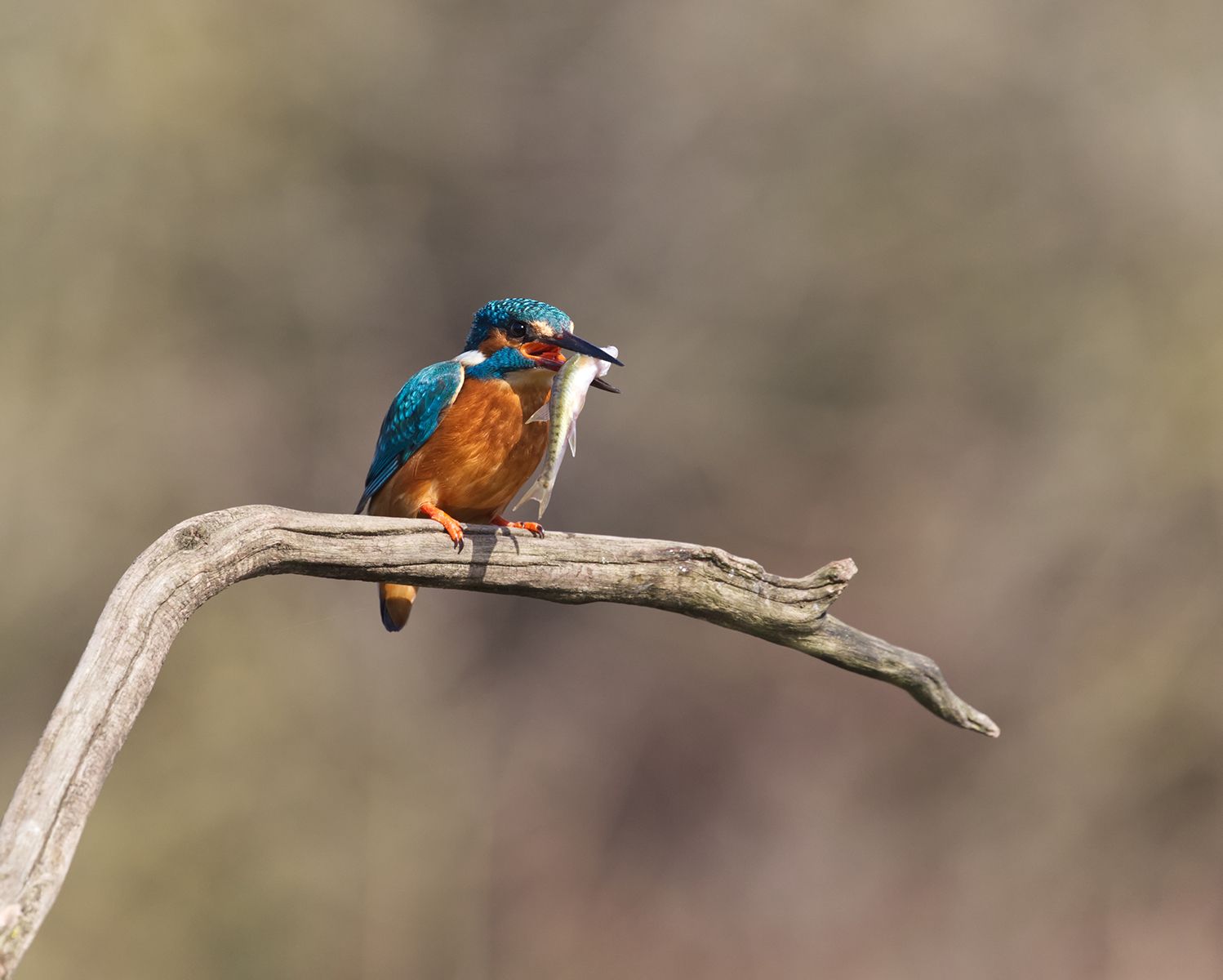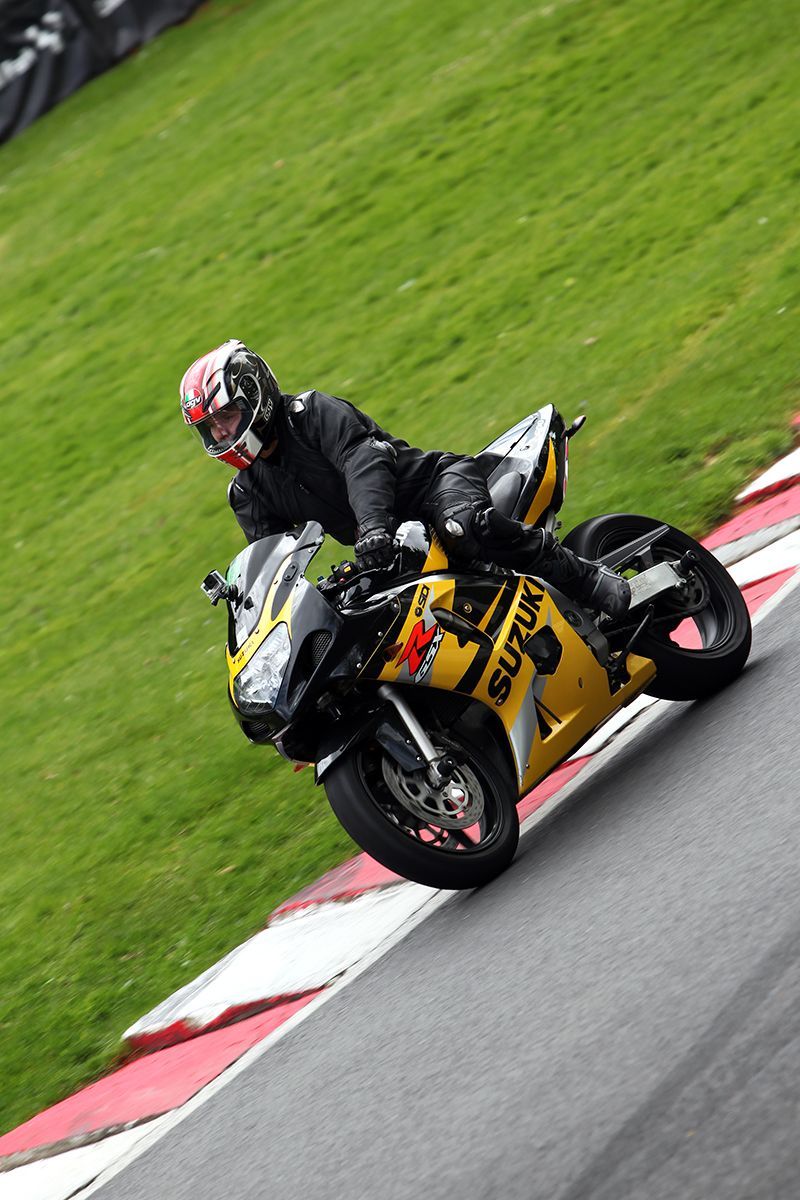After Repeated Failures
Paul Malley • 31 March 2023
LEARNING FROM MISTAKES
After repeated failures, Thomas Edison was purported to have stated that he "now knew of a thousand different ways not to make a light bulb work"; Following many trials and errors, he finally came across a process which successfully led to the development for the initial grounding for what we accept today, to be a common place and accepted item. Perhaps it is also the same in our journey through Photography? As I look back through some of my earlier personal work and images, they would be classed as nothing short of 'disastrous' compared to today's standards, but they were all part of my transition and development. In today's Club Competitions, I wouldn't expect to get an 11/12 (from a favourable Judge) based on the ideas, methods and simple 'Fads' in use at that time. Follow me through 3 of my earlier failures...
1. Lancaster. Many software programs nowadays include a simple 'Solarisation' slider. Used carefully and in moderation, I find they can enhance vibrancy in some colours. In the very early good(?), old days of Photoshop Elements, the way to get Solarised effects was to play drastically and erratically with the Curves feature, locking midpoint and dragging the sides up and down until you were happy with the wildly extreme gaudy effects, which often came close to burning your retinas out. No two images came out the same, there was no consistency and the awful garish results produced were not to everyone's taste. However, it was a new FAD, and I did sell multiple copies of Military aircraft using different extremes of this process. I learned it in 2008 and its been 15yrs since I've used it. Colour-popping anyone? - try it, get over it.
2. Perilous. One of the things I've come to learn in photography is that the image needs to 'look real'. In attempting to create dynamic, fast paced action shots, 'Dutch Tilt' is a favoured method, either on an upward or downward incline. Just bear in mind where there is a pronounced horizon or waterline, it's a dead give-away. In this image, the Rider is too tight in the frame, has no breathing space and looks like he's just about to fall off the edge of the Planet; another 12 maybe for this because at least we can see his face (more by luck than judgement). Moreover, reviewing my work, I've learned better about panning, shutter speed, focus lock, composition, angles and.... if Hornby ever produce a camera WITHOUT Back Button Focus option, that's the one for me!
3. Wholesome Meal. Oh dear, this is where the excitement of the event overtook me and, in selecting Canon's marvellous tracking AI Servo with High Speed Drive in machine-gun mode, I must have taken some 25 shots, almost identical. In the days of film this would not be cost effective; today in the almost infallible camera functionality, its more interpreted as a guaranteed way to get a shot. What a waste I tell myself; it's too small in the frame, composition is poor with the angle of the fish, the image is muted and dull in colour as I didn't wait for the right light and, because it's a cropped image its very much over-sharpened.
Sometimes it pays to be analytical, even self critical because it's a route to identifying areas which you can improve upon - and surely that something we all want to do in our hobby isn't it?
Louth Photographic Society
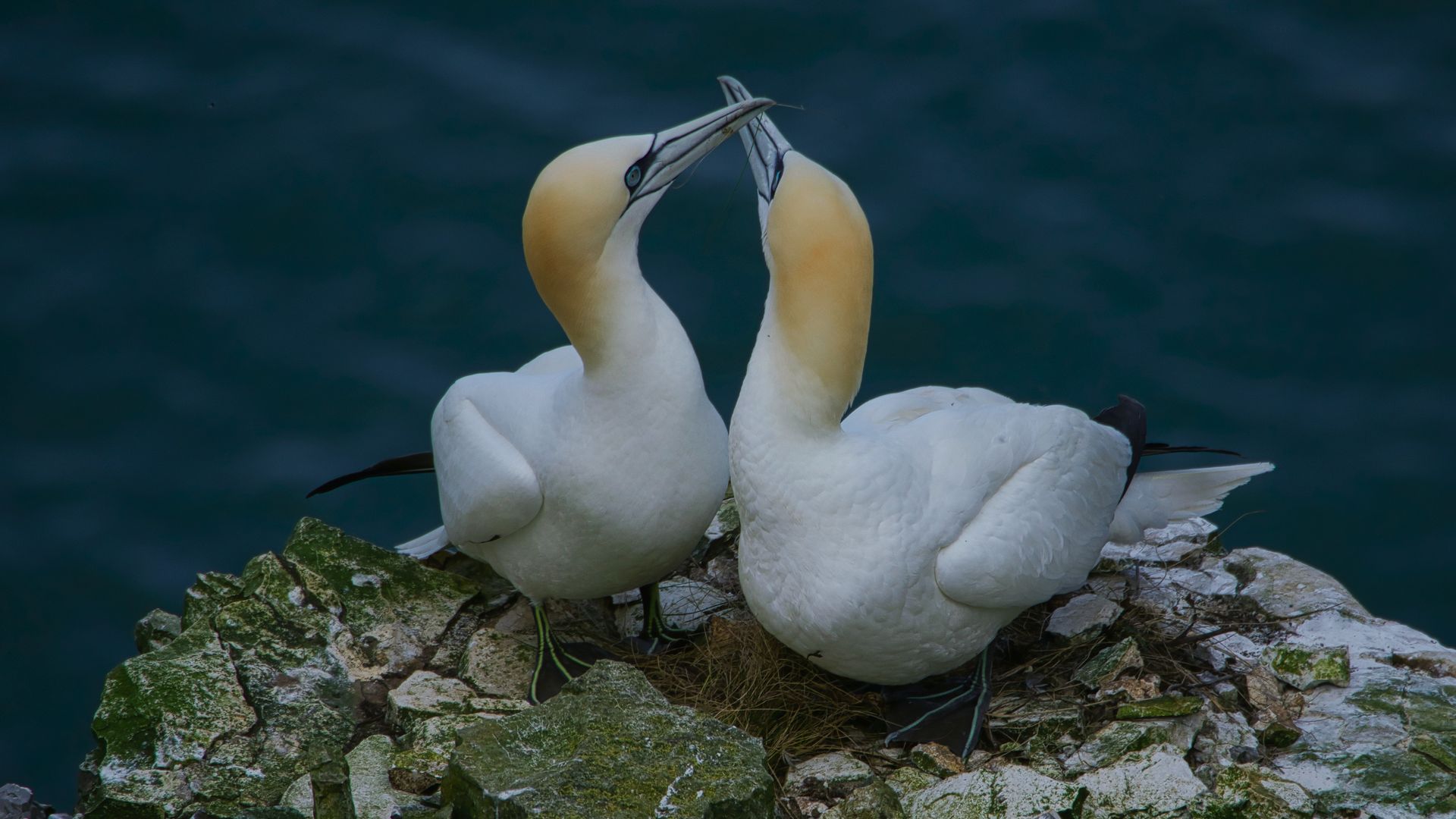
I hope that everyone has had a very good, and healthy Christmas. For our Programme for the New Year, I shall be running a photo editing workshop on 4th February, I will provide each participating member with an SD card containing example images for us to work together in editing. I shall be using three photo editing apps, which are all free to download and use, the first of which is: FastStone – This is the software that our Society uses for displaying images during our PDI competitions. The software is excellent for reviewing a file of .jpg images, basic edits, and resizing of images. The software is unable to develop RAW images, but does show a thumbnail preview which can be useful for culling a set of RAW images. Microsoft Windows only. Canva Affinity – This is excellent for developing a single RAW image, processing Focus Stacking, and Bracketed Exposure images. The software also can be used for layering, and compositing of images. I will be demonstrating the Focus Stacking, Bracketed Exposures, layering and compositing of images. You will need a Canva account to download this free software which runs on Windows, and Apple Mac. RawTherapee – This is an extremely complex photo editor, but I firmly believe that the software can rival anything that Adobe produces without the bloat, and cost. However the software has a steep learning curve, especially with the masking tools. One of the best features for me is the preview ribbon of a set of images at the top of the screen, I also like the tabbed editing tools, it is also possible to batch process basic edits onto a RAW file using a RawTherapee pp3 file. RawTherapee can be downloaded to Windows, Mac, and Linux. To gain the best from the workshop I would ask members to download all three software apps to their laptops. In addition there are YouTube tutorials on the use of RawTherapee, which I would encourage you to watch, and that way we can work together to understand how to produce the best results from the software. Wishing all our members a very happy, and prosperous New Year.
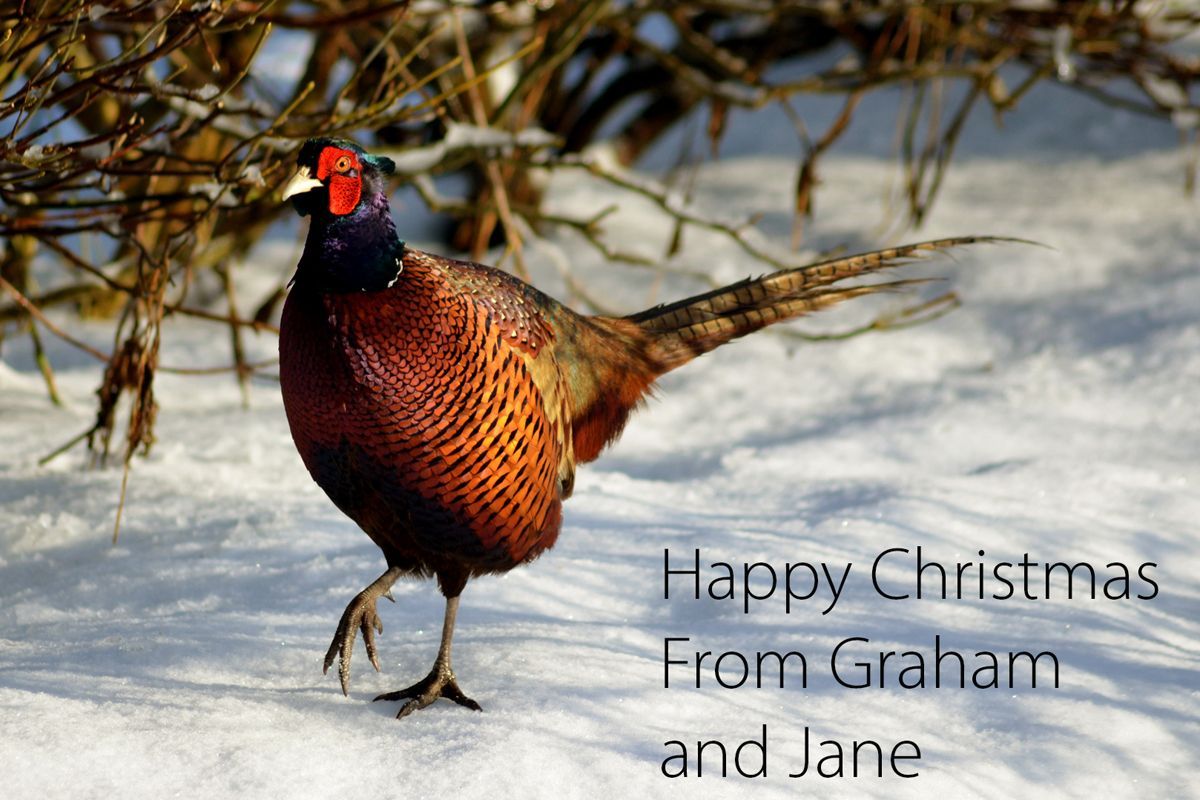
Good Morning, All, We had a very good last meeting before Christmas, thank you to my partner Jane for her hard work preparing the buffet, also thank you to Tony for preparing the quiz, there were some very good questions with Robin and Heather coming out on top with a fantastic 48 points. Thank you to Harry as well for running the raffle and to everyone who donated a prize. We now start our Christmas break but if you get bored there are things that you could be doing. The first meeting back on 14th January will be a PDI competition, with the categories of "Insects" and "Open", you can start sending entries to Harry now, remember three insect entries and three open entries with an (R) after one entry which will be removed if there are too many entries, but you may use it some other time. Derek sent information regarding the individual LPA PDI competition, it would be good if a few members entered. They do like you to go along on the day of the competition as well if you enter or just go along anyway if you didn't. The Print Of The Year (POTY) competition is held in February, so it would be a good time to look through your prints and sort some out ready. For newer members it may seem a funny time of year but our camera club year runs from the beginning of May to the end of April, all rules are under competitions on our website but the main one is that your entry hasn't been in a print of the year competition before, there are six subjects plus best mono in competition, this can be from any of the subjects. The subjects are Landscape, Pictorial, Nature, Photojournalism / Street, Record and Portrait. Regards Graham

The buffet and quiz evening was one of the highlights of our calendar, it's the culmination of the year's events before the Society takes a Christmas break. The buffet was excellently prepared by Jane, who is Graham's partner, with plenty of delicious food, pork pies, sandwiches, plum bread, with cheese, quiche, mince pies, and cake. Tony Gaskins produced an esoteric quiz, and Robin and Heather scored the most points with 48 points, I scored a miserable 17 points, but we all had a lot of fun with the answers. The raffle raised £47, with some members collecting more prizes than others, amid lots of laughter and banter. Overall it was an excellent evening, enjoyed by all. A big thank you to Jane for the buffet, Tony for the quiz, and Harry for organising the raffle. Wishing all our members, and readers a merry Christmas.
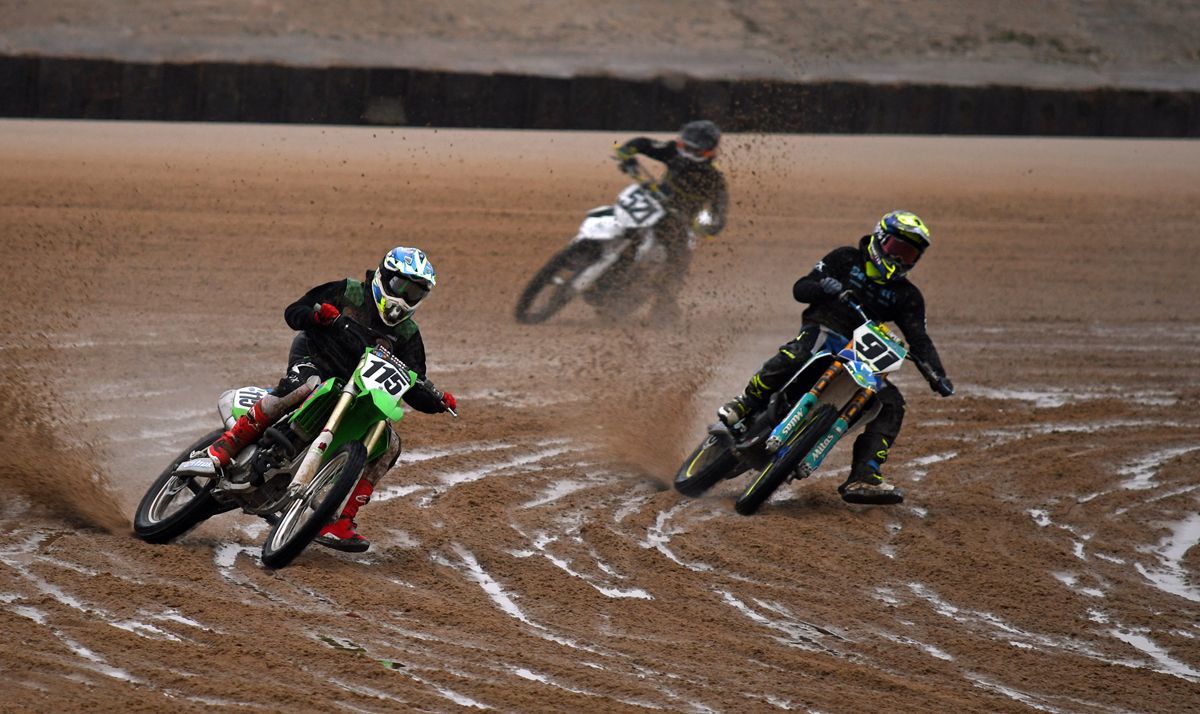
Good Morning, All We did go to the sand racing again last week, the weather was a bit overcast but as no sky is required for this kind of photography, so good action shots are still possible. Last week at the club we held our monthly competition, of prints, with the categories of "People" and "Open". There was a very good entry with some excellent prints. David Whitehouse came first in the People section with Dave Turner winning the Open section. All the results are on our website under competitions with a blog on the evening as well. This week our Christmas buffet and quiz night will be held. The buffet will be provided for you but feel free to bring a drink along with you (a beer or glass of wine if you wish). Dave Mann will also be providing tea and coffee. Tony is doing a quiz for us all so bring a pen and paper if you remember, Christmas jumpers are optional. Harry will be selling raffle tickets, and if you would like to provide a prize please bring it along and give it to Harry. Regards Graham

A print competition was held last night with the categories of “People”, and “Open”. The judge for the evening was Dane Butler, this was his second time judging with us, and he is showing much more confidence in judging at photographic clubs. In the “People” category there was a wide variety of inventive images of people, from solo portrait style, to street, and groups of people, the highest placed print in this category was the “Pride Celebration (Cologne)” taken by David Whitehouse. In the “Open” category Dane had to judge wildlife, portraits, landscape, macro, and architectural prints, I thought he did a superb job, his choice for the top spot was “Cloud Inversion Summit of Snowdon” by Dave Turner. The website Competition page has been updated with the images, and results.
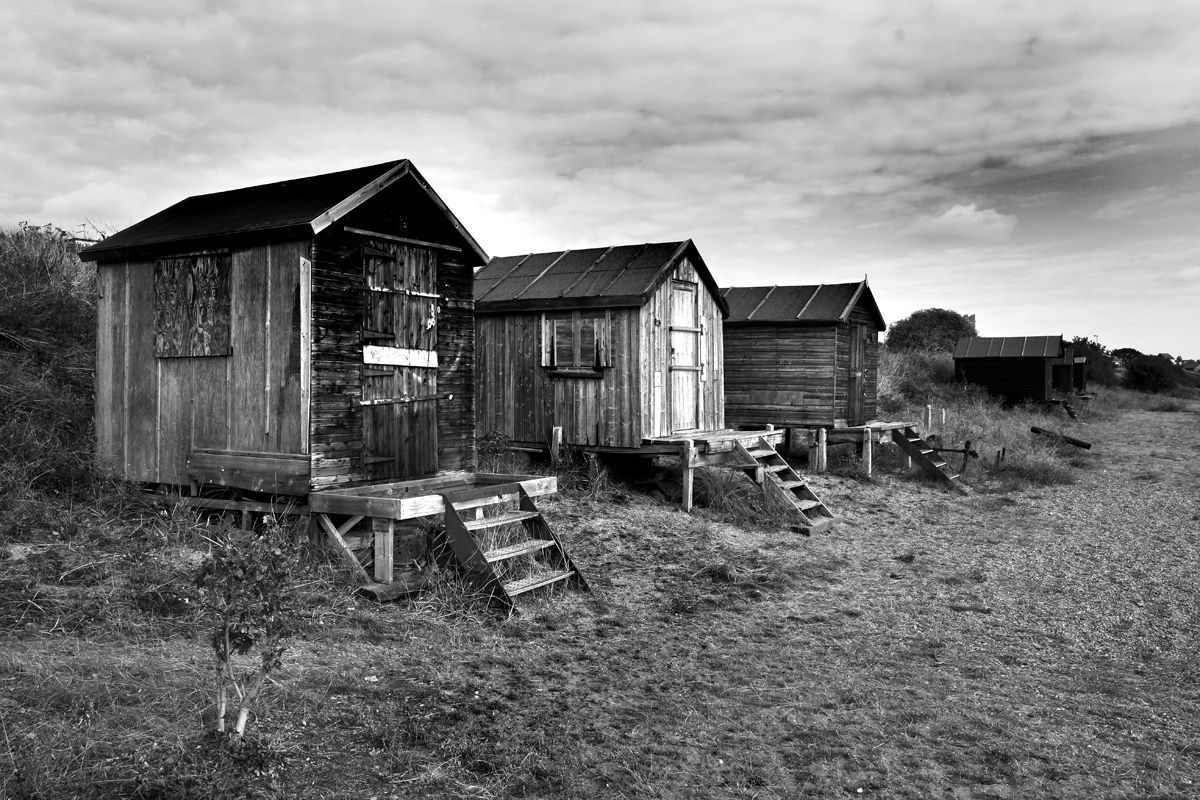
Good Morning All Last week at the club we viewed the Lincolnshire photographic Associations mono group presentation, Dave Turner who goes to the group talked us through the evening with Chris Birchmore and Richard Hildred talking about their photographs. There is a blog on the evening on our website, but inspired by the evening I thought I had better try a few mono photographs myself. This week, Wednesday 10th December, we will hold our monthly print competition, with the categories of "People" and "Open", to be judged by Dane Butler from Dunholme. There are good number of entries so should be a very good competition. The following week, Wednesday 17th December, is our buffet and quiz night, for new members the buffet will be supplied and anyone who would like to donate a raffle prize please give it to Harry. The evening is for members only. Regards Graham
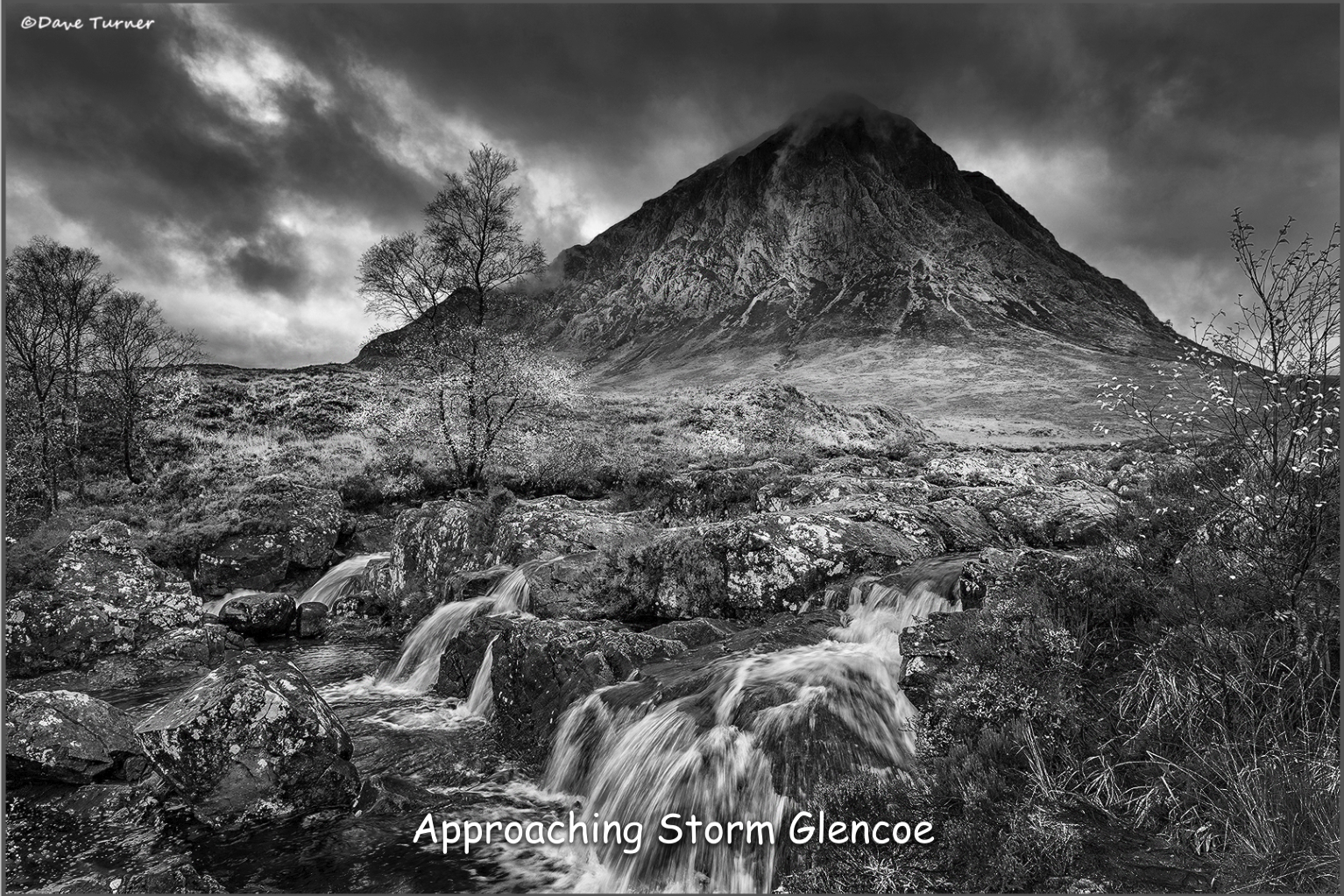
Last night members were treated to a showing of the LPA (Lincolnshire Photographic Association) Mono Group presentation. Three of our members, Dave Turner, Richard Hildred, and Chris Birchmore are members of the LPA Mono Group. Dave Turner excellently presented this showcase of the Mono Groups work, many of the images presented were stunning, and inspirational. A simple photo of a padlock on a gate took on a different dimension when presented in monochrome, and landscape photography becomes dramatic in monochrome, especially with a moody sky. It was a very interesting, and well attended evening. Thank you to Dave Turner for presenting, and Dave Mann for the refreshments.
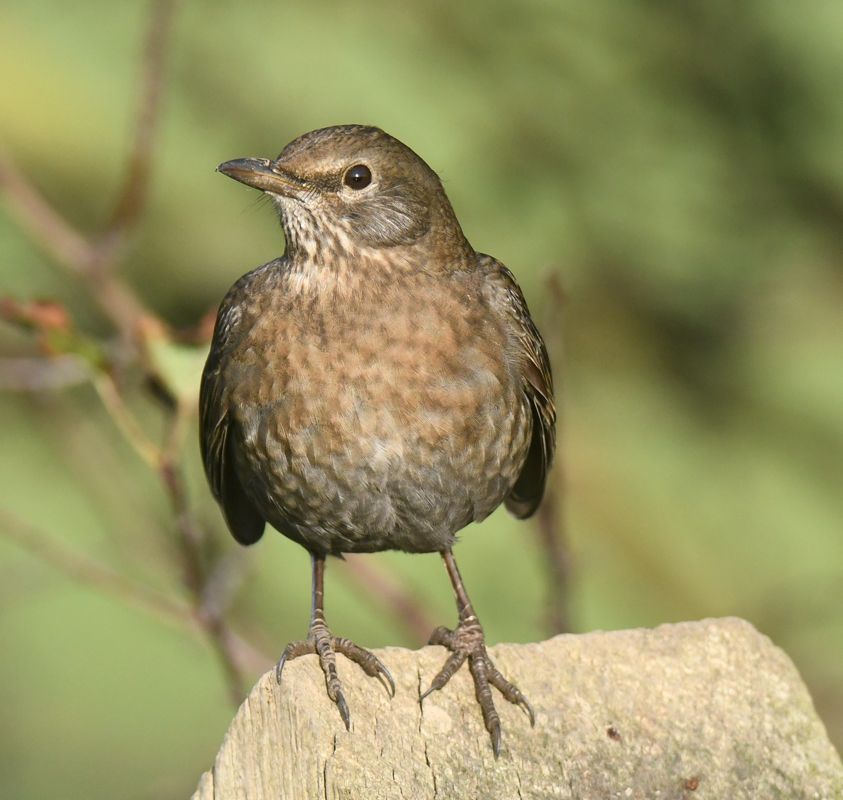
Good Morning All Last week at the club we held a committee meeting, with all committee members in attendance. Harry will once again run the Christmas raffle on our buffet and quiz night, if any member wants to donate a prize, Harry can now accept them, obviously if it's a perishable prize then bringing it in on the night would be better. We are holding a 70th anniversary exhibition next year at the Louth Museum, if any member has local prints that they think may be suitable to put in the exhibition you can bring them to the club any time now. Derek has done a blog on the night with more information. This week, Wednesday 3rd December, we are viewing the LPA mono groups presentation, Dave Turner is a member of the group and will talk us through what the group do and if time allows show us some of his own mono prints. Don't forget to bring your prints along this week for the print competition, with the categories "People" and "Open", to be held the following week, email your titles to Dave Turner in advance please. Regards Graham

We held a Committee meeting last night in place of a regular meeting. The Committee meets twice a year to discuss items pertinent to effective, and smooth running of our Society. The Society celebrates 70 years of continuous operation next year, and we intend to show an exhibition of photographs taken over those years at the Louth Museum. The LPA Battles print competition will be held next year, and consists of 3 rounds held at photographic clubs throughout Lincolnshire, with a final round held at Nettleham. Louth has been drawn to meet with camera clubs in Grantham, and Axholme, and as you can understand this will entail a far amount of travelling. There is a proposal to the LPA which is currently under consideration which would reduce each club entry to 10 prints and for the whole competition to be held at Nettleham in 2027. Our current annual project is “Prime Time”, that is one photo for each month of the year taken with a fixed focal length lens, a prime lens, my choice for this year has been a 45mm lens, which is a full frame 90mm lens. Members show their annual project photos in the January of the following year. The Committee has decided on the project theme for next year as “Water”, which should give members a chance to demonstrate some creativity, as can be seen from the attached image. Our Christmas social event will be held on the 17th December, a buffet will be provided, there will be a quiz, and a raffle, the door entry charge will be £3 for the evening.
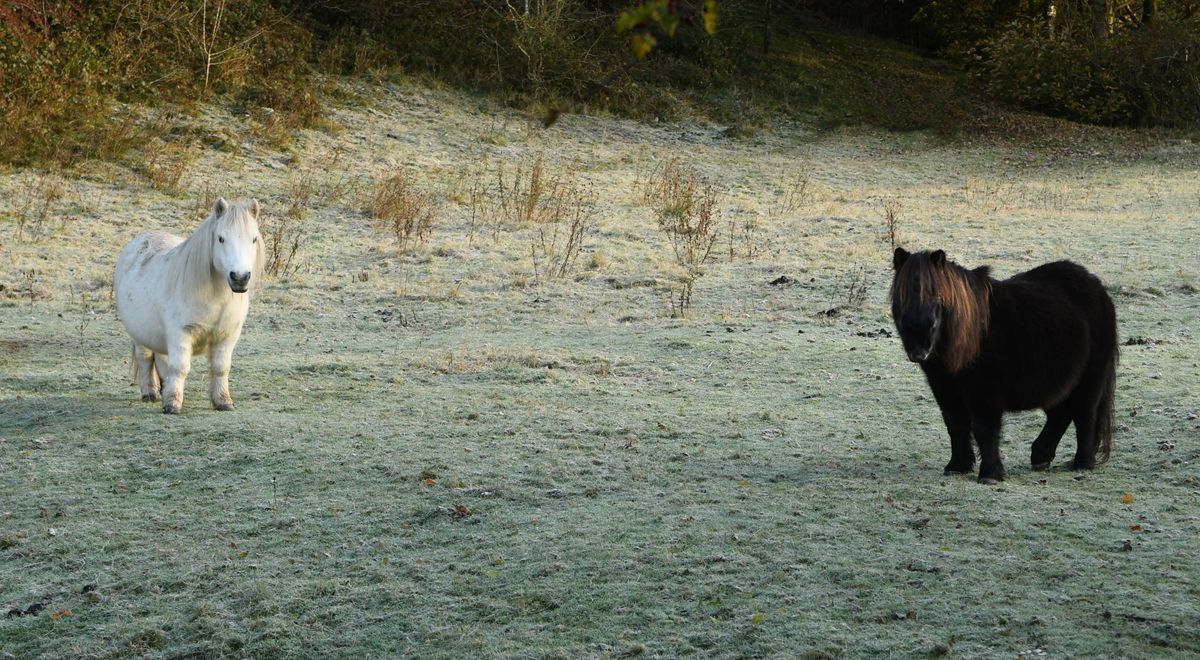
Good Morning All Last week at the club we held our PDI of the year, it was a well-attended event and thanks to Harry's organisation skills it all ran very well. Congratulations go to all the subject winners: Pictorial, Harry Kerman, Record, Dave Evans, Portrait, Derek Smith, Photojournalism, David Evans, Landscape, Dave Turner and Natural History, Graham Harrison. The overall winner was Harry Kerman. Well done Harry a great photograph of a White Cosmos. All the top three in each subject are on our website Competition page. Don't forget if you are entering the December print competition, with the categories of "People" and "Open" send your titles to Dave Turner please. The prints need bringing in a week on Wednesday. This week, Wednesday 26th November, we are holding a committee meeting, committee members only for this one please. For newer members we hold two committee meetings a year to organise events and the smooth running of the club. Regards Graham


